I want a bike lane in front of my house: Adventures in ultra-local activism
Yes, you actually CAN affect change where you live. And it’s not that hard.
I grew up in a sprawling suburb of a massive metro area of more than 1 million people. The idea of being involved in the “public process” was foreign to me in such a setting, not to mention that my family was always extremely busy. Community engagement wasn’t on the menu.
When I was told by my high school that I was barred from riding my bike to and from home (a three-mile trip) because it was too dangerous, it never occurred to me I might have a say in the future design of that crappy old road, or that no one would bother to do a better job next time if residents didn’t speak up. I accepted defeat and took the bus. To my knowledge, that road still sucks 13 years later.
Now that I live in a city of about 20,000, I am aware of almost everything going on at any given moment, from new buildings and new businesses to road construction and trail projects. I have come to realize that most of our opportunities as citizens to improve where we live happen on very micro scales. Being in a small-town setting helps me stay aware, but it doesn’t necessarily matter what size your city is because projects are almost always undertaken at the street/neighborhood level. It can be easy to get overwhelmed, but one shouldn’t.
Eariler this week, I attended a public input meeting regarding a “complete streets” redesign of a roughly one-mile stretch of main road that is just one block from my house. I was blown away by the expanse of documents, posters, paperwork, computers with simulations, reams of data sheets and actual engineers and city staff taking up the space of an entire school gym–all of it for one segment of one street.
It dawned on me: this is how you affect change: literally block by block; by taking ownership of your own immediate community; by showing up with your neighbors. Decision makers were actually there to listen. I dove in with a pen and sticky-note pad.
All of the plans included bike lanes, but none of them were protected and very few were separated from traffic in a meaningful way. Some of the plans included a bike lane on the southbound road, but not on the northbound road, which would force riders into regular traffic. Some of the bike lane proposals were adjacent dangerous parking situations or lacked safe road crossings. I discussed my concerns with the road engineers and noted them on my comment sheet.
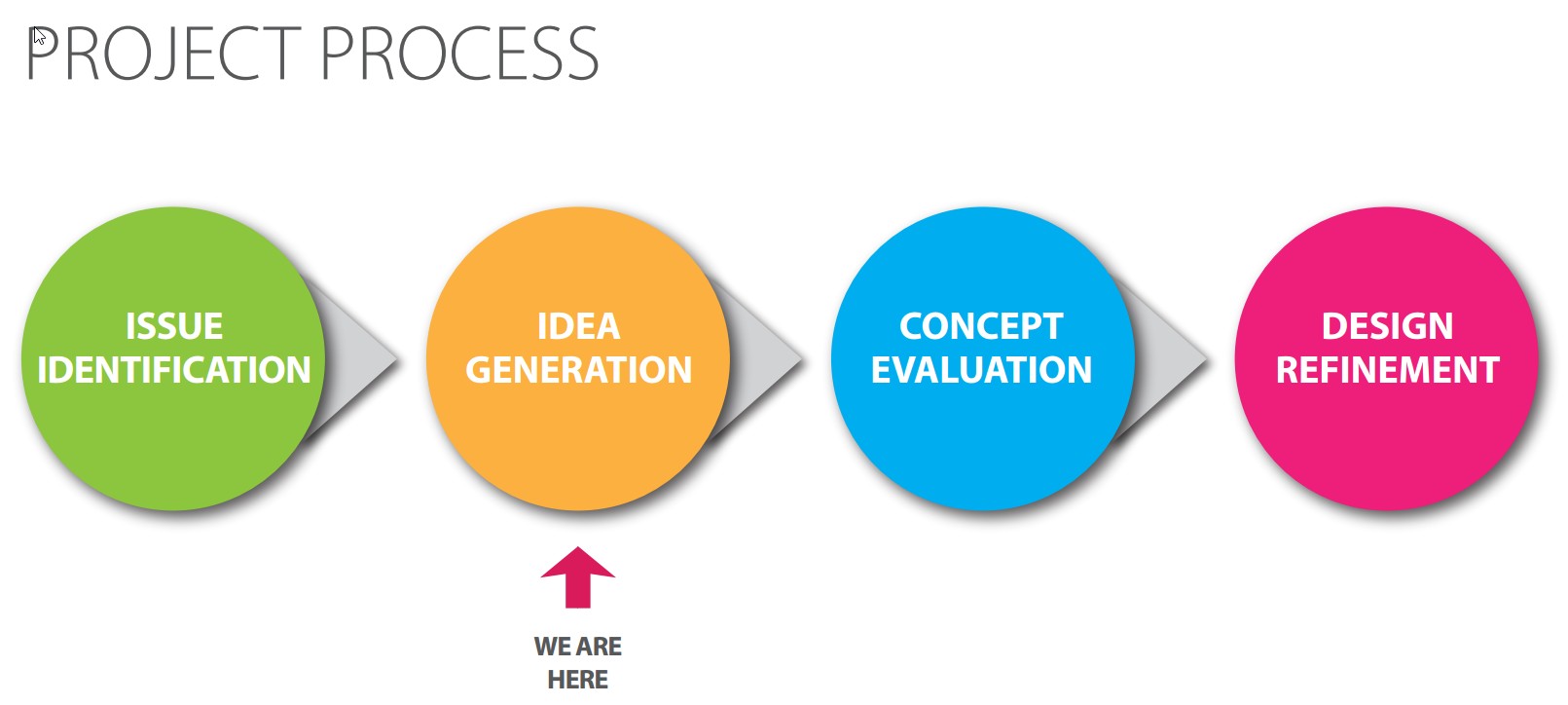
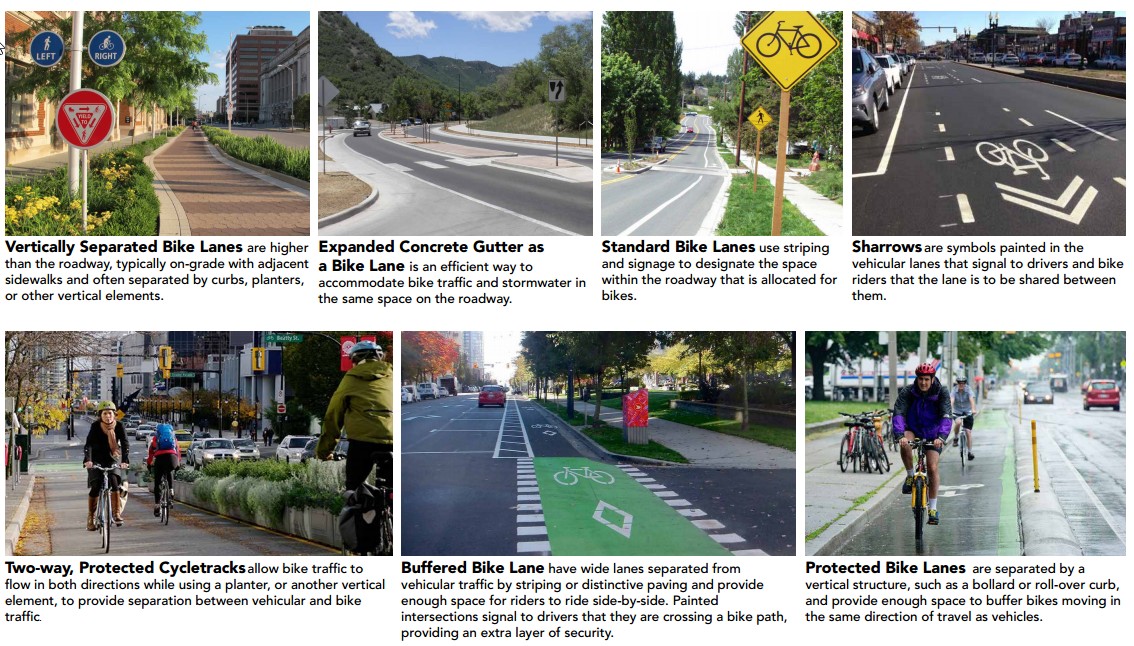
As I eavesdropped on the comments around me, I realized how critical it is for all of us to show up and share our thoughts about where we live, work and play. Would someone else have advocated for the best possible bicycling infrastructure if I hadn’t? I don’t know. I do not believe it’s safe to assume that, “Oh, well, someone else will take care of it for me.” Instead, I actually believe that if I don’t show up, my preferences (and the preferences of so many of my local friends) could be forgotten or swept aside. My extensive knowledge of how bike/ped facilities actually improve streets and towns for ALL road users might not have been heard.
In all, my husband and I roamed the gym studying the design proposals, asking questions of the engineers and writing down our comments for about an hour. This followed previous meetings and an online comment period. In total, we probably devoted no more than five hours of our lives to the process (not counting casual discussions with friends over beers), but the result is that we are part of a driving, local force to include protected bike lanes, better-connected pedestrian networks and–overall–a safer, more livable neighborhood with parks, public art and improved access to transit.
Can you imagine if we all accepted ownership of our own neighborhoods? That’s really all it would take–each of us focusing on where we live–to make our cities and towns great for safe, accessible, connected bicycling.
We know it can be overwhelming to think about a citywide or statewide active transportation network, and that’s why Bicycle Colorado exists–to do much of that heavy lifting. We also know it can be incredibly rewarding (and, honestly, relatively easy) to think about your own block.
Leave A COMMENT
Our twitter feed is unavailable right now.
The Latest News
view all- Mar 22, 2024
- by Bicycle Colorado
Why Colorado Should Pass SB24-065 To Reduce Distracted Driving
- Advocacy Issues,
- Bicycling in Colorado,
- Bike Law,
- Get Involved,
- Laws & Funding
- No Comments





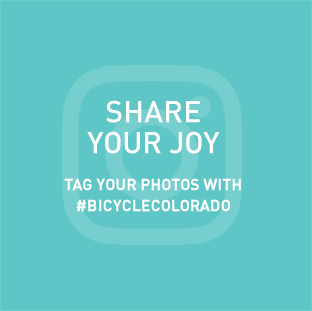
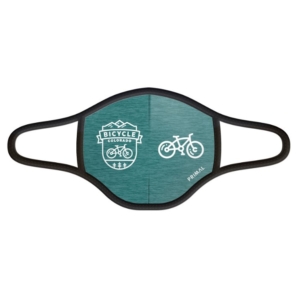
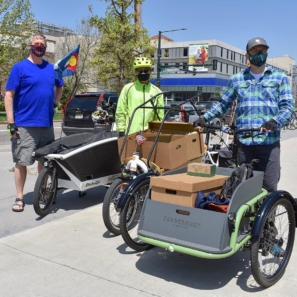
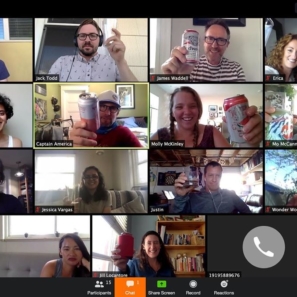
COMMENTS (1)
Chel Becket -
Katherine,
Thank you so much for taking the time to post this! I think just about everyone that rides a bike or wants to ride a bike can agree that we really want safe bike lanes. The idea of driving with traffic in some little lane on the side does not appeal to me or most individuals. Let’s not even get into those with young riders. Who takes their kids to play in traffic?! It has also occurred to me that city planners seem to WANT to include bikes in their plans but maybe don’t believe there is enough interest in the community. I find the opposite. Lots of people I talk to will say “Oh I would love to bike to work! But its so unsafe.” The same conversation occurs for people who would love to bike down to the store to pick up a couple of things or just bike for fun and fitness! The issue is that people ARE busy. Very busy. And they do not know how nor do they have the time to really figure out how to get involved. I think its important for biking advocacy groups to make themselves known, get their agendas out there, and make it easy for people to contribute. Like say signing a petition! Lots of people will take 30 seconds to sign a piece of paper or add their voice to an electronic petition. How can we make it easier? How can we get the word out to our communities for those that want to get involved?